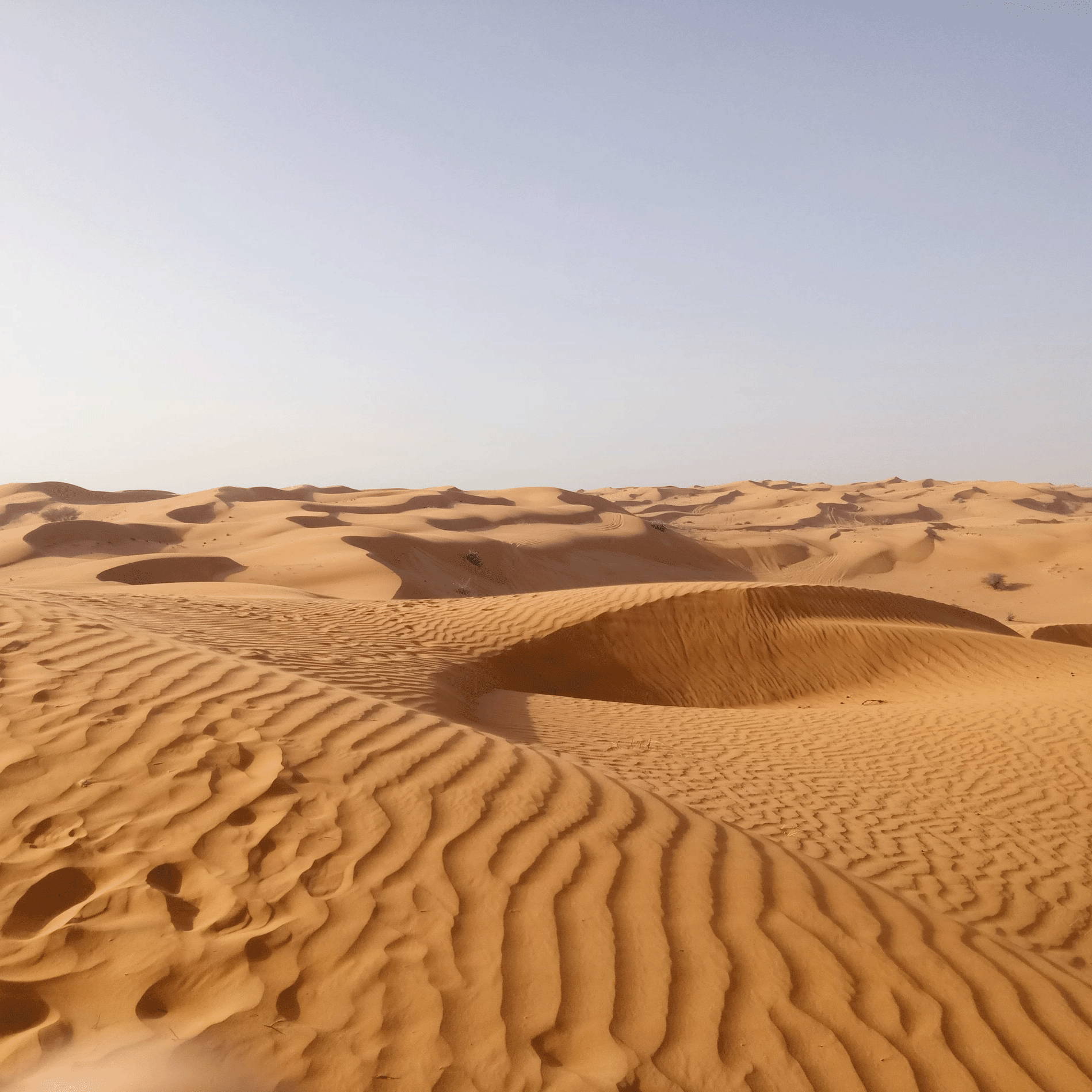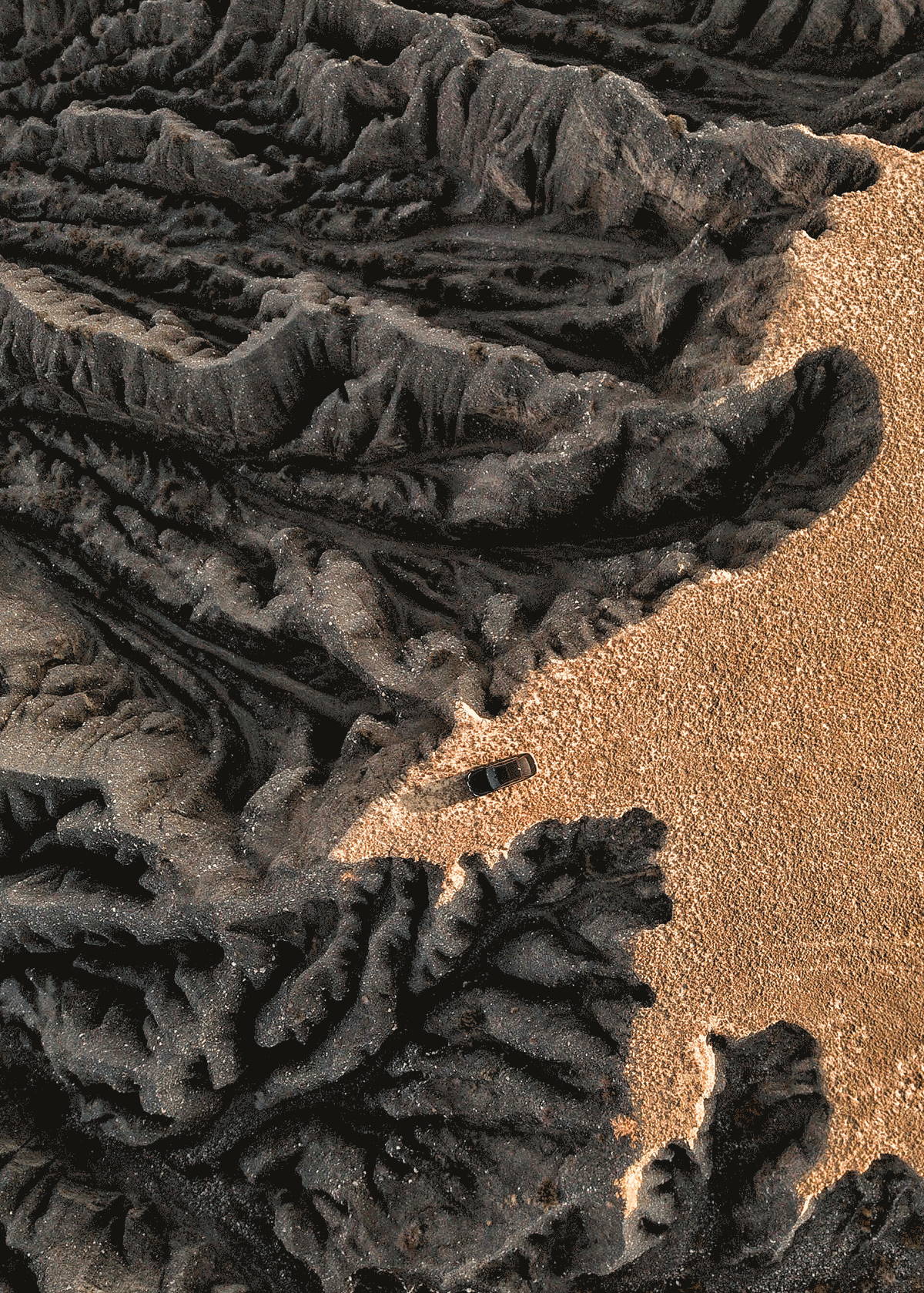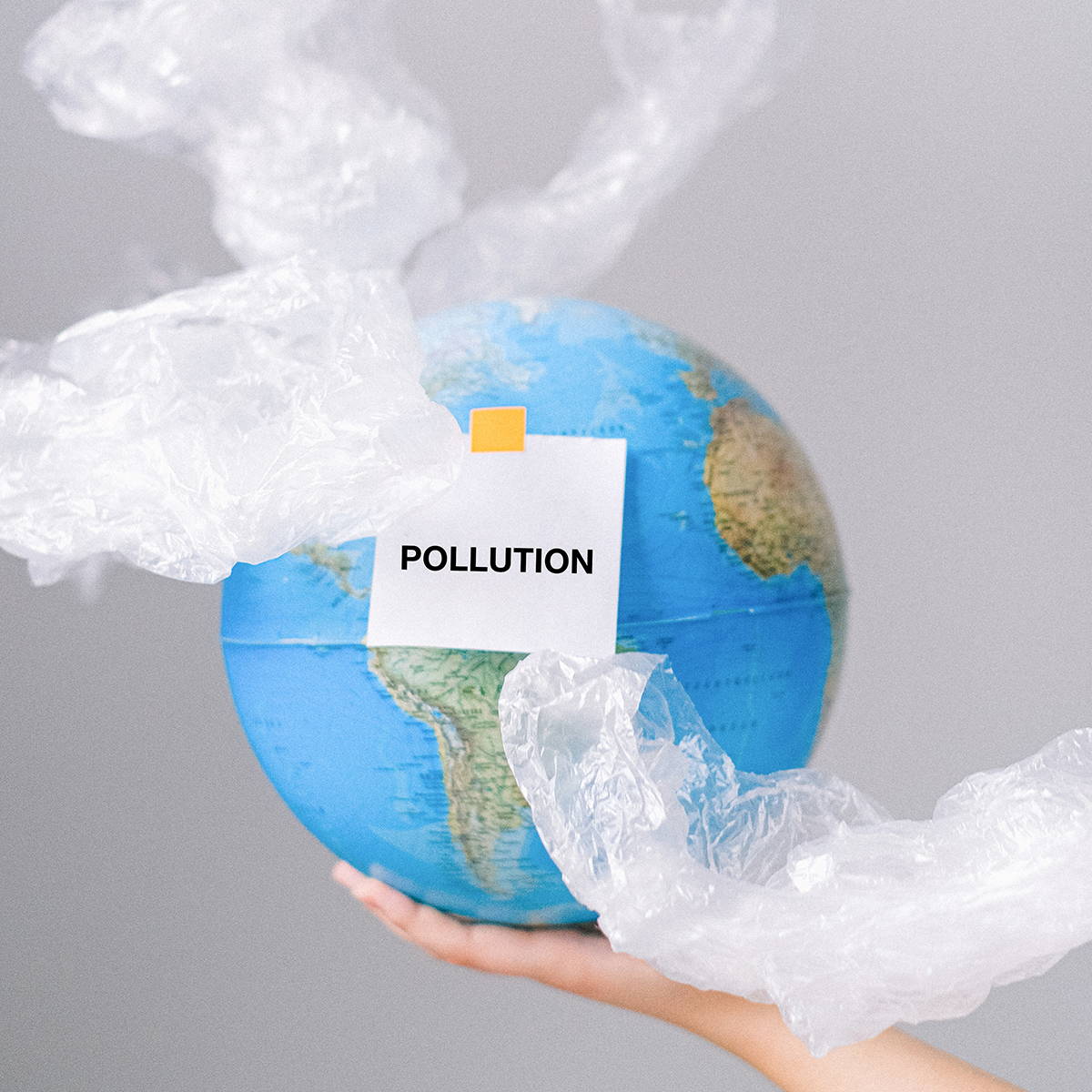Sand, The Ultimate Solution To Cut World’s Mineral Waste Production
Sand, The Ultimate Solution To Cut World’s Mineral Waste Production
16 MAY ‘22
6 minutes
Words by Varnika Srivastava
Learn about how researchers at Geneva have figured out a way to cut mineral waste production significantly.
Learn about how researchers at Geneva have figured out a way to cut mineral waste production significantly.
Ore-Sand
This sustainable source of sand is dubbed “ore-sand”, where “ore” might refer to the mining of ores, from which mineral waste currently represents the largest waste stream in the world. Ore is a type of natural rock or silt that includes one or more precious minerals, usually metals, that may be mined, processed, and sold for a profit. Ore is mined from the soil and processed or refined, usually by smelting, to extract precious metals or minerals. An ore's grade relates to how much of the desired ingredient it contains.
To decide if a rock is of sufficiently high quality to be worth mining and thus termed an ore, the value of the metals or minerals it contains must be evaluated against the cost of extraction. According to the research "Ore-sand: A potential new solution to the mine tailings and global sand sustainability crises," ore-sand has the potential to address two global sustainability challenges at the same time.
Ore-sand production can limit the production of mineral waste and, as a result, the continued accumulation of mine tailings. As previously mentioned, mineral wastes from ores mining are currently the world's largest waste stream, weighing between 30 and 60 billion tonnes per year. Crushing methods to remove specific metals from the rock produce these leftovers.
Picture by Andre Moura
Sustainability Concerns
Professor Daniel Franks, the leader of SMI's Development Minerals Program, believes ore-sand has the potential to address two global sustainability concerns at the same time.
"Separating and recycling these sand-like elements before they are put to the waste stream would not only drastically reduce the volume of garbage produced, but it might also create a responsible source of sand," he said. According to the study, a portion of the mine's mineral waste stream was acceptable for building and industrial sand, and the Brucutu mine in Brazil was not alone in this regard. "There is potential for large reductions in worldwide mine tailings if these results can be repeated with different types of mineral ores," Franks added.
Moreover, he highlights, "Considering ore-sand co-production is a big benefit for mining companies: it minimises enormous tailings, which impede operational mining activities, while also generating additional cash." According to Peduzzi, ore-sand is a step toward a 'no tailings mine’, and “given their more recent infrastructure, developing countries have fewer possibilities for employing recycled aggregate materials. Many, on the other hand, have mining activities that produce ore-sand as a by-product."











